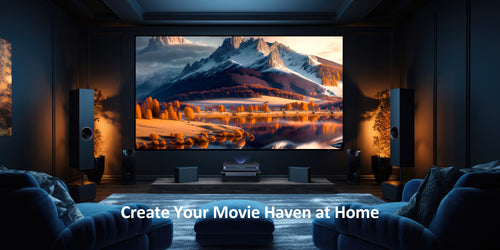NexiGo



Featured On
Review by Top Influencers
Discover the wonderful ways people are creating cherished movie memories with NexiGo products
What's Trending
NexiGo Aurora Pro Ultra Short Throw Laser Projector
NexiGo PJ40 LCD Projector
$269.99 – $319.99Customer Review
Discover the wonderful ways people are creating cherished movie memories with NexiGo products
Freshest And Most Exciting News
Free Shipping
Free shipping on all US orders
Lifetime Customer Support
Contact us at any time for support
30 Day Return Period
Return within 30 days for an exchange or refund
Hassle-Free Warranty
2 Years US Warranty Support with Registration




















